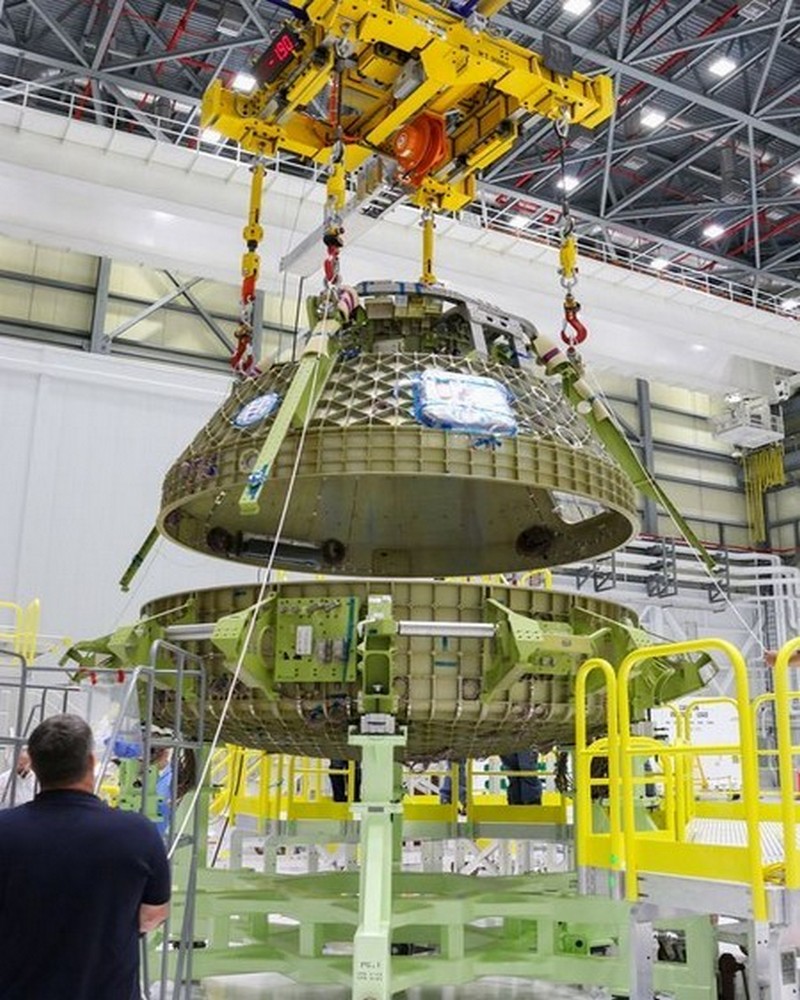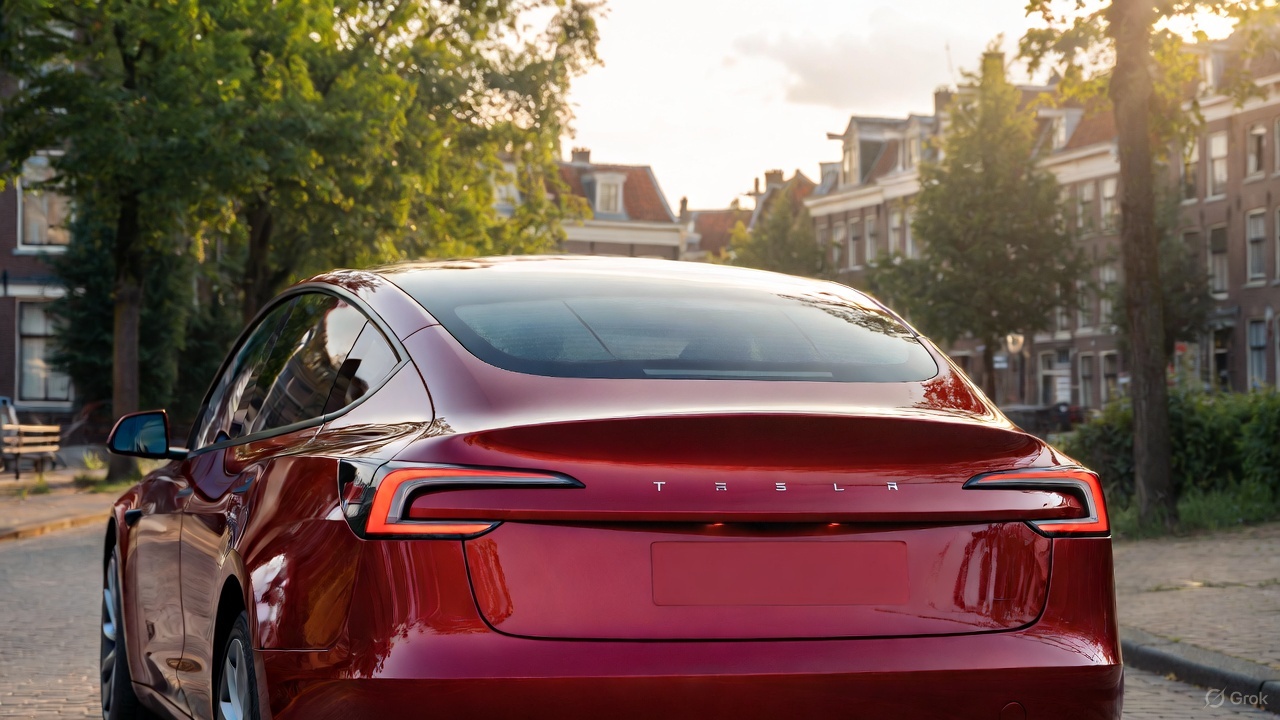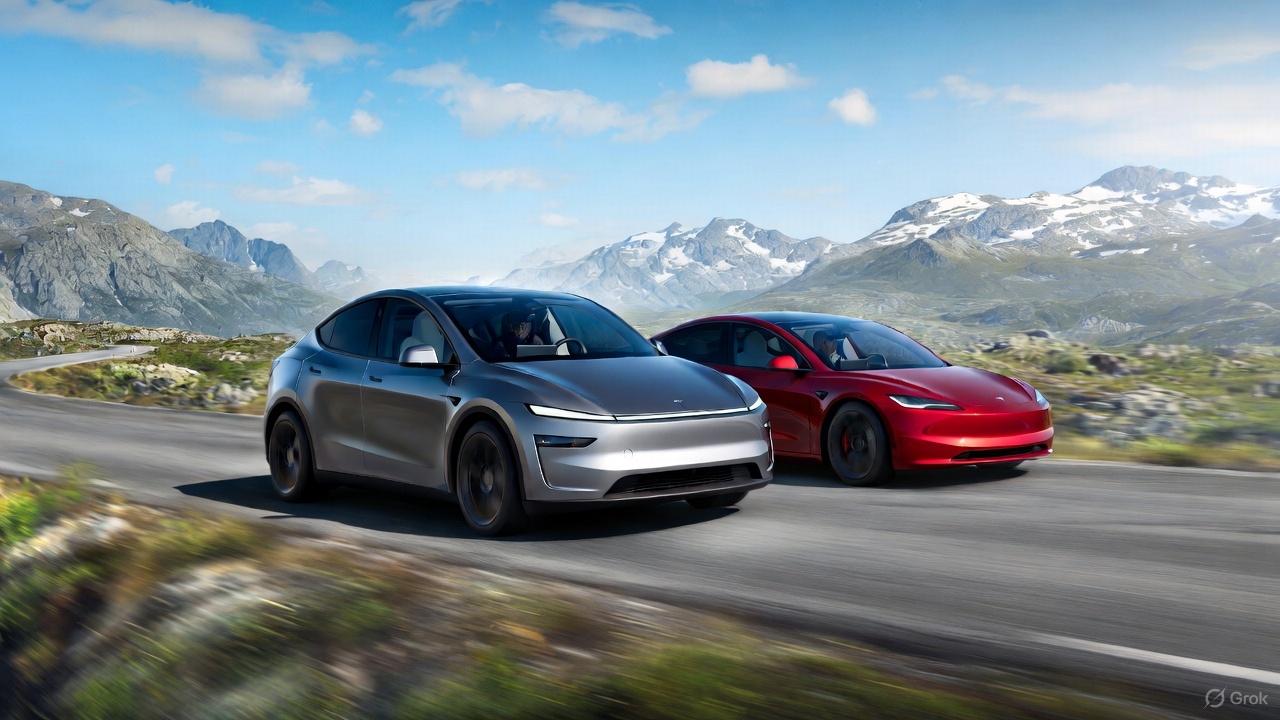News
SpaceX, Boeing race to complete manned space capsule
SpaceX and Boeing are racing to complete a space capsule that will transport astronauts to the International Space Station and back. First flights are scheduled for late 2017.


Both SpaceX and Boeing are pushing hard to complete capsules that will carry astronauts into space. At Kennedy Space Center, Boeing has just completed joining together the two halves of its CST-100 Starliner crew capsule. It is precursor to the units that will carry humans into orbit. The so-called “structural test article” will be shipped to Huntington Beach, California, this summer for tests.
Meanwhile, the main pieces of what Boeing calls “Spacecraft 1” have just arrived in Florida. “We’re bringing hardware in. We’re moving hardware out. And it’s really nice to see the factory flowing the way it should be,” said Danom Buck, manufacturing engineering manager for Boeing.
Prompted by a cooling in diplomatic relations between the US and Russia over activities in the Ukraine, NASA awarded contracts to both Boeing and SpaceX to fly astronauts to the International Space Station in 2014. The Boeing contract is worth up to $4.2 billion. The SpaceX contract is worth $2.6 billion. Both capsules are supposed to be ready to fly by late 2017.
SpaceX says it is on schedule with launching its Dragon space capsule later this year while Boeing aims to February, 2018 for the first launch of the Spacecraft 1. SpaceX will use a Falcon Heavy rocket for its manned space mission. Boeing’s capsule will be lifted into space atop a United Launch Alliance Atlas V rocket. ULA is a partnership between Boeing and Lockheed.
On May 24, representatives of both companies announced they are making good progress toward the proposed target date for launching their space capsule. “Astronauts will once again fly from the Space Coast,” said Lisa Colloredo, associate manager of NASA’s Commercial Crew Program.”
The NASA contracts are designed to eliminate reliance on Russia for transporting astronauts to and from the ISS. It is expected the American ventures will ultimately save NASA money compared to what it costs to fly them into space and back again aboard the Soyuz spacecraft that are being used now.
NASA’s Colloredo said the contracts will result in per seat prices averaging $58 million, which is about $23 million less than Russia’s going rate for Soyuz seats. “The cost effectiveness part, we weren’t 100 percent sure how that would turn out,” she said. “It turns out it is a very cost effective approach to go with the private industry.” All together, Colloredo said, the program will produce two certified crew systems for less than $5 billion, a relative bargain compared to historical costs to develop such systems.
In January, SpaceX completed a critical test of the SuperDraco rocket engines that are mounted to the outside of the Dragon space capsule. Instead of using traditional parachutes to return the capsule to earth, it plans to use those engines to gently slow the capsule for a soft landing. That is the sort of innovative thinking that continues to set SpaceX apart from its foreign and domestic competitors.
Source: Florida Today Photo credit: Boeing

News
Blue Origin announces Super-Heavy New Glenn 9×4 to Rival SpaceX Starship
The announcement followed the company’s successful NG-2 launch on November 13.

Blue Origin has revealed plans to develop New Glenn 9×4, a “super heavy” rocket designed to deliver 70 metric tons to low-Earth orbit and directly compete with SpaceX’s Starship.
The announcement followed the company’s successful NG-2 launch on November 13, which deployed NASA’s ESCAPADE (Escape and Plasma Acceleration Dynamics Explorers) Mars mission and landed the first stage.
Upgraded engines and reusability
As noted in a Universe Today report, Blue Origin will roll out upgraded BE-4 engines producing 640,000 lbf each, up from 550,000 lbf, starting with NG-3. This should boost the New Glenn rocket’s total first-stage thrust to 4.5 million pounds. Upper-stage BE-3U engines are expected to improve from 320,000 lbf to 400,000 lbf over the next few flights as well.
“These enhancements will immediately benefit customers already manifested on New Glenn to fly to destinations including low-Earth orbit, the Moon, and beyond. Additional vehicle upgrades include a reusable fairing to support increased flight rates, an updated lower-cost tank design, and a higher-performing and reusable thermal protection system to improve turnaround time,” Blue Origin noted.
New Glenn “Super Heavy” 9×4
The super-heavy New Glenn 9×4, with nine BE-4s on the booster, four BE-3Us on the upper stage, will feature an 8.7-meter payload fairing. Blue Origin expects New Glenn 9×4 to be capable of transporting 70 metric tons to LEO, 14 tons to GSO, and 20 tons to trans-lunar injection, as noted by the company in a blog post. This is very impressive, as New Glenn 9×4’s capacity exceeds Falcon Heavy, SpaceX’s largest rocket available to consumers today. Falcon Heavy is capable of carrying up to 64 metric tons to low Earth orbit in a fully expendable configuration.
That being said, SpaceX’s Starship’s capacity is extremely impressive. As per SpaceX, Starship is designed to be capable of carrying up to 100-150 metric tonnes to orbit in its fully reusable configuration. At its expendable configuration, Starship’s capacity enters unheard-of territory, with SpaceX stating that the vehicle could transport 250 metric tonnes of cargo.
News
Tesla FSD approved for testing in Nacka, Sweden, though municipality note reveals aggravating detail
Nacka, Sweden, a municipality just a few miles from Stockholm, has given its approval for FSD tests.

Tesla has secured approval for FSD testing in an urban environment in Sweden. As per recent reports from the Tesla community, Nacka, Sweden, a municipality just a few miles from Stockholm, has given its approval for FSD tests.
A look at the municipality’s note regarding FSD’s approval, however, reveals something quite aggravating.
FSD testing approval secured
As per Tesla watcher and longtime shareholder Alexander Kristensen, Nacka is governed by the Moderate Party. The shareholder also shared the municipality’s protocol notes regarding approval for FSD’s tests.
“It is good that Nacka can be a place for test-driving self-driving cars. This is future technology that can both facilitate mobility and make transportation cheaper and more environmentally friendly,” the note read.
The update was received positively by the Tesla community on social media, as it suggests that the electric vehicle maker is making some legitimate headway in releasing FSD into the region. Sweden has been particularly challenging as well, so securing approval in Nacka is a notable milestone for the company’s efforts.
Aggravating details
A look at the notes from Nacka shows that FSD’s proposed tests still met some opposition from some officials. But while some critics might typically point to safety issues as their reasons for rejecting FSD, those who opposed the system in Nacka openly cited Tesla’s conflict with trade union IF Metall in their arguments. Fortunately, Nacka officials ultimately decided in Tesla’s favor as the company’s issues with the country’s unions are a completely different matter.
“The left-wing opposition (S, Nackalistan, MP and V) voted no to this, referring to the fact that the applicant company Tesla is involved in a labor market conflict and does not want to sign a collective agreement. We believe that this is not an acceptable reason for the municipality to use its authority to interfere in a labor law conflict.
“Signing a collective agreement is not an obligation, and the company has not committed any crime. The municipality should contribute to technological development and progress, not work against the future,” the note read.
News
Tesla Model 3 and Model Y named top car buys in Norway
Despite growing competition from European and Korean brands, both models stood out for their balance of price, performance, and everyday usability.

Norway’s annual roundup of the best car purchases featured Tesla’s two main sellers this year, with the Model 3 and Model Y securing top positions in their respective segments.
Despite growing competition from European and Korean brands, both models stood out for their balance of price, performance, and everyday usability. The verdict comes as electric vehicle adoption remained above 95% of new vehicle sales in the country.
Tesla Model 3 strengthens its value position
Among compact EVs, the Tesla Model 3 maintained its position as the best overall buy thanks to its strong blend of performance, efficiency, and updated features. Reviewers noted that every trim offered compelling value, especially with the all-electric sedan’s improved cabin ergonomics and the return of the turn-signal stalk, which was one of the few previous complaints among drivers.
The Model 3’s mix of long-range capability, low operating costs, and responsive handling has continued to set the benchmark for compact EVs in Norway. While competitors from Hyundai, Volkswagen, and Peugeot have narrowed the gap, Tesla’s price-to-capability ratio has remained difficult to beat in this segment, Motor.no reported.
“The Model 3 clearly offers the best value for money in the compact class, no matter which version you choose. Now it also gets the turn signal lever back. This eliminates one of the few flaws in a driving environment that many believe is the best on the market,” the publication wrote.
Tesla Model Y claims its crown
The Tesla Model Y emerged as Norway’s top family-car purchase this year. The latest refresh introduced improvements in ride quality, styling, and interior materials, allowing the Model Y to deliver a more premium driving experience without a substantial price increase.
Reviewers praised its spacious cabin, strong safety profile, and practical range, all of which reinforced its appeal for families needing an all-purpose electric crossover. The Model Y remains especially notable given its continued popularity in Norway even as Tesla faces declining sales in other global markets.
“The Model Y is back as the winner in the family class. The upgrade in the new year was even more extensive than expected. It is a slightly more elegant and significantly more comfortable Model Y that solidifies its position as Norway’s best car purchase in the most important class,” the Norwegian motoring publication noted.









